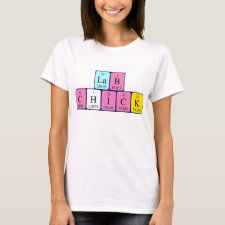
Authors: Madikizela LM, Mdluli PS, Chimuka L
Article Title: An initial assessment of naproxen, ibuprofen and diclofenac in Ladysmith water resources in South Africa using molecularly imprinted solid-phase extraction followed by high performance liquid chromatography-photodiode array detection.
Publication date: 2017
Journal: South African Journal of Chemistry
Volume: 70
Issue: (1)
Page numbers: 145-153.
DOI: 10.17159/0379-4350/2017/v70a21
Alternative URL: http://www.scielo.org.za/scielo.php?script=sci_abstract&pid=S0379-43502017000100021&lng=en&nrm=iso&tlng=en
Abstract: In this study, the extraction of naproxen, ibuprofen and diclofenac from Ladysmith water resources was conducted by means of a multi-template molecularly imprinted polymer (MIP) as selective sorbent in solid-phase extraction. Quantification was done using high performance liquid chromatography with photo diode array detection system. Bulk polymerization of MIP was carried out at 70 ℃ for 24 h and characterized with differential scanning calorimetry, X-ray diffraction and zeta potential. The analytical method detection limits for naproxen, ibuprofen and diclofenac in wastewater treatment plant effluent were 0.23, 1.02 and 0.30 μg L-1, respectively. Recoveries obtained in wastewater, river water, deionized water and drinking water treatment plant (DWTP) samples spiked with 5 μg L-1 of target compounds and pre-concentrated using molecularly imprinted solid-phase extraction (MISPE) were greater than 80 %. All compounds were not detected in DWTP samples, whereas in river water the concentrations were generally higher in the upstream of wastewater treatment plants compared to downstream. The maximum concentrations detected in river water for naproxen, ibuprofen and diclofenac were 2.77, 6.72 and 2.58 μg L-1, respectively. Only diclofenac was present in wastewater at concentrations above the limit of quantification. In conclusion, the high levels of naproxen, ibuprofen and diclofenac detected in river water could be attributed to poor sanitation in Ladysmith
Template and target information: multi-template, naproxen, ibuprofen, diclofenac
Author keywords: Water resources, molecularly imprinted polymer, pharmaceuticals, Solid-phase extraction



Join the Society for Molecular Imprinting

New items RSS feed
Sign-up for e-mail updates:
Choose between receiving an occasional newsletter or more frequent e-mail alerts.
Click here to go to the sign-up page.
Is your name elemental or peptidic? Enter your name and find out by clicking either of the buttons below!
Other products you may like:
 MIPdatabase
MIPdatabase









